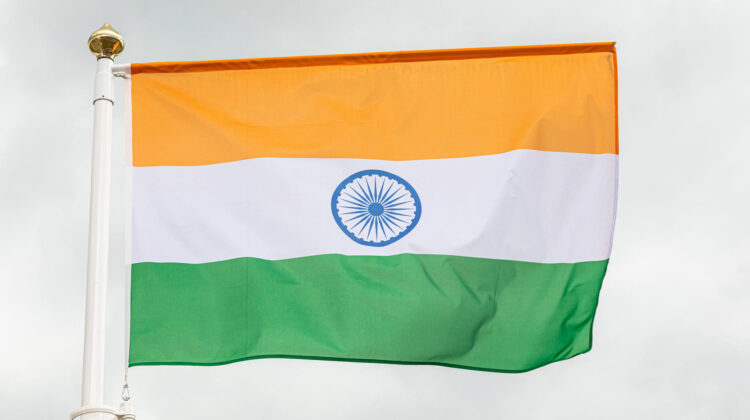
India’s growth: a new perspective
India is a land of diversity, a country with a rich culture and heritage that attracts millions of tourists every year. However, India is also a land of opportunities, with a rapidly growing economy and a highly skilled workforce. In recent years, India has emerged as a major player in the global economy, and its growth trajectory shows no signs of slowing down. India’s economy is often referred to as the “growth engine” of the world, and for good reason.
India’s economy has been growing at an impressive rate over the past few years, and the country is on track to become the world’s third-largest economy by 2030. The country has a population of over 1.3 billion, which is expected to grow to 1.7 billion by 2050. This demographic advantage has made India an attractive destination for foreign investment, and the government has taken several steps to make it easier for foreign companies to do business in the country.
India has several key strengths that have helped to fuel its economic growth. One of the biggest factors is the country’s highly skilled and educated workforce. India has a large pool of talented engineers, scientists, and other professionals who are in high demand around the world. The country also has a large and growing middle class, which has helped to drive consumer spending and fuel economic growth.
Another key strength of India’s economy is its rapidly growing digital sector. India has the second-largest internet user base in the world, with over 700 million internet users. This has created a huge market for digital services, including e-commerce, digital payments, and online education. The government has also launched several initiatives to promote digital adoption, including the Digital India program.
India’s manufacturing sector is also experiencing rapid growth, with the government launching the Make in India initiative to attract foreign investment and promote domestic manufacturing. The country is now one of the world’s largest producers of automobiles, and its pharmaceutical industry is also rapidly expanding.
Despite these strengths, India’s economy still faces several challenges. One of the biggest challenges is the country’s infrastructure, which is often outdated and inadequate. The government has launched several initiatives to address this issue, including the Smart Cities program, which aims to develop 100 smart cities across the country.
Another challenge facing India’s economy is the high level of inequality. Although the country has made significant progress in reducing poverty in recent years, there is still a large wealth gap between the rich and poor. The government has launched several social welfare programs to address this issue, including the National Rural Employment Guarantee Act, which provides guaranteed employment to rural households.
In conclusion, India’s economy is a complex and dynamic system that is rapidly growing and evolving. The country has several key strengths, including a highly skilled workforce, a rapidly growing digital sector, and a growing manufacturing sector. However, the country also faces several challenges, including inadequate infrastructure and high levels of inequality. Nevertheless, India’s growth engine shows no signs of slowing down, and the country is poised to play an increasingly important role in the global economy in the years to come.
Author: Donglu Shih
Expert in Asian culture and economics. She collaborates with major companies in the field of international relations. Collaborates with The Deeping on Asian political topics

